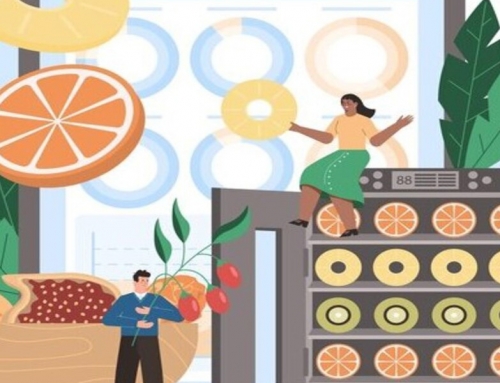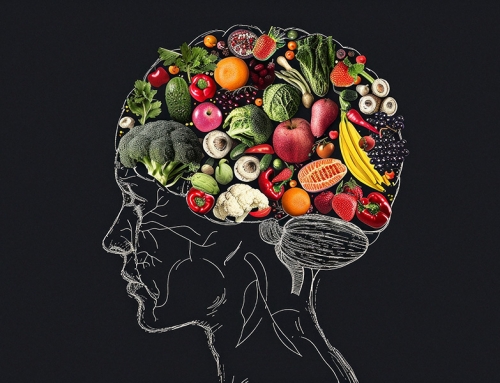DIGITAL INNOVATIONS
The combination of two words, “digital” and “innovations,” is significant and meaningful in and of itself. When you combine them, you get a heavier phrase, which in today’s era and generation is a dominant factor in almost every area and field. (1)
When we talk about healthcare, digital technologies have shown evidence that they have a lot of potentials to produce successful results with respect to medical diagnosis, data-based treatment decisions, clinical trials, and many more. (2)
Digital health innovations have aided in the self-management of care while also creating more and more evidence-based knowledge, skills, and competence for healthcare professionals to support healthcare. (2)
FOOD SECURITY
Food is one of the most basic necessities and requirements for everyone to survive. Apart from this, it is also the right of every human being, rather than every living being on this planet, to have access to food, irrespective of any factor. In layman’s terms, practising and following this norm is basically food security. (3)
According to the 1996 World Food Summit, food security can be defined as when all people, at all times, have physical and economic access to sufficient, safe, and nutritious food that meets their dietary needs and food preferences for an active and healthy life. (3)
Food security is essential for healthy living because it ensures that an individual’s dietary needs are met without compromise. This is possible only when all people have social, physical, and economic access to food. (4)
As mentioned before, food security has the following four dimensions – (3)
- Physical availability of food
- Economic access to food
- Food utilization
- The stability between the other dimensions
Therefore, the World Bank works with partners and other companies to facilitate feeding people everywhere adequate and sufficient amounts of food. To improve food security and nutrition, they have also promoted “nutrition-sensitive agriculture.” (3)
ROLE OF DIGITAL INNOVATIONS IN FOOD SECURITY
There are many areas where we can promote food security, and digital innovations have been a success. For instance, for the utility of farmers, digital innovations have proven to be an asset. Digital technology enables farmers and other people to connect with institutions and information that eventually help in decreasing risk and uncertainty. With the help of some specialized digital technologies, the efficiency of farming, selling, fertilizing, and harvesting has scaled to new heights. (4)
There are many technologies and innovations as well that are providing farmers with data on extreme weather patterns, pests and diseases, soil composition and water availability, and even business and economic trends. As evidence, FarmerLink, a mobile-based application in the Philippines, is aiding farmers with all these facilities. (6)
For making not only food better but healthier as well and at the same time making it available to all, biofortification is one process that is being practised, which is basically the process of breeding critical vitamins and minerals into staple crops, making them healthier. Furthermore, gene editing is carried out, which is responsible for changing the DNA to stimulate and make certain enzymes and proteins available. (6)
The Sustainable Development Goals and other international efforts to achieve food security involve new technologies as indispensable tools for eradicating hunger. One of the aims of food security is to make healthy and better food available to people, and this goes back to the need to harvest and take care of the crops and plants so they can yield good results. For this, the use of insecticides, pesticides, tilling machines, and tissue culture are some of the many innovations practised. (5)
One of the main reasons there is no proper access to food for all people equally is the post-harvest loss since there have been no proper facilities to store or transport the food. To mitigate this problem, innovations like food preservation technologies, nanotechnologies, thermal battery-powered milk chillers, and low-cost refrigerated vehicles are implemented to promote and help achieve food security. (5)
CONCLUSION
The presence of food has never been a want but a necessity. It is never considered a luxury, but rather a necessity. Just to fulfil this, food security has been of huge help to people all over, especially farmers. The concept of combining technology and food has proven to be quite beneficial. As an additional advantage, the use of digital innovations to achieve food security has helped technology reach remote areas as well, where farmers are being introduced to such innovations. Therefore, this should be more and more motivating and should be bought more often for use.
REFERENCES
- Samad, T., & Ahmed, E. (2019). Digital innovation for food security in developing countries: The case of Bangladesh. Journal of the Knowledge Economy, 10(3), 1293-1316. //doi.org/10.1007/s12525-019-00364-9
- World Health Organization. (n.d.). Digital health. OpenWHO. //openwho.org/channels/digital-health#
- World Bank. (n.d.). What is food security? Agriculture. //www.worldbank.org/en/topic/agriculture/brief/food-security-update/what-is-food-security
- SourceTrace. (2020, November 17). How digital innovations enable food security. Blog. //www.sourcetrace.com/blog/digital-innovations-enable-food-security/
- United Nations Conference on Trade and Development. (2017). Harnessing digitalization in technology and innovation for inclusive and sustainable industrial development: Issues paper. //unctad.org/system/files/official-document/dtlstict2017d5_en.pdf
- Dikoda. (n.d.). How technological innovation is addressing food insecurity. //dikoda.com/how-technological-innovation-is-addressing-food-insecurity/
Affiliation:
- Dean and Distinguished University Professor at School of Public Health, University of Memphis, TN, USA
- Foundation of Healthcare Technologies Society, New Delhi, India






Leave A Comment